Community Notes: Balancing the needs and wants for Charles City
By Jerry Joerger, Charles City Councilman
I hope everyone had a happy holiday season.
Now it is time to get “back to normal” and get to work to help make the world a better place for 2020. We need to start the year on a positive note and hope things will continue to improve.
Two items struck my eye that I feel is the type of attitude start we need:
1) In the Thursday, Jan. 2, issue of the Charles City Press, Tammy Quade had a Guest View highlighting all the positives of Charles City and surrounding area. The school facilities, the courthouse improvements, the whitewater course, the industrial park expansions with the number of industries fully employed there, the new families that are moving to Charles City and area, etc. And the increase in school enrollment the last two years.

Plus, on the same page, a Letter to the Editor by Amanda Rahmiller concerning projects by our 7th and 8th graders. Over a 4-year period they raised $30,000 for improvements to the chapel at Riverside Cemetery, and their project R.I.S.E. — a student-led organization for a student Food pantry to initiate ways to procure basic necessities for families in our community to thrive.
2) Then, on the front page of the Press on Jan. 3, under the headline “Charles City listed as an under the radar community to visit!” Charles City is one of a handful of smaller cities in Iowa listed in the Midwest Travel Network as a place to visit because of the many unique attractions it has.
These are the kind of feelings that we need to project. Positive energy! Positive attitude! Taking care of our community! Helping those in need, etc.!
This type of action does not just happen. It is a result of a lot of time and hard work by many people, businesses and organizations that help form this type of attitude and make such action become a reality.
Now, for the main reason for this column — city activity.
The city provides the conduit for a lot of these actions and activities. For example, when the whitewater course was presented to the council by the Park & Rec Board, I had some reservations. I thought it was quite a stretch.
We went with it. It really has been a positive for Charles City. It is widely used by people from around the area (bringing people to town for food, gas and such) plus has a lot of local activity.
Same as when the Party in the Park project was presented to the City Council. We discussed it at length, also, before going along with it. While it has been successful and raised money for the Chamber of Commerce (which helps fund many community projects), it also takes a lot of city time and expense. Overall, it has been a very good project.
Now for the real behind-the-scenes realty: we are starting our city budget preparation for the 2020-21 fiscal year. Our staff has already done a lot of preliminary preparation for their own departments.
The council will be holding 10-12 meetings (not counting our regularly scheduled meetings) in the next 6-8 weeks to finalize the budget. The first of these meetings was held last night, Jan. 8.
In putting together a budget, you have needs and wants. The needs are just that — such as police and fire protection; streets, water and sewer requirements; administration, etc.
The wants are more subjective for our discussion. … Can we afford it? How will it help the city? How much is it going to cost?
When financing a city such as ours, you normally have to borrow money by selling bonds. There are mainly two types of bonds — general obligation bonds (GO bonds) and revenue bonds.
The GO bonds are repaid from the regular property taxes that you pay if you own or are buying real estate in Charles City, or if you are renting in Charles City these taxes are built into your rent.
Revenue bonds are commonly called user bonds. The repayment of these bonds comes from the revenue they generate. For example, the new sanitation plant we are building will be financed with revenue bonds.
These bonds will be repaid from the revenue we receive from the money you pay for your monthly water/sewer rate. The higher the user, the more you pay. Of course, sometimes these rates have to be adjusted to cover the costs, but you are paying according to what you use.
When we come to the bottom line of the budget (which includes interest on the GO bonds only), we get a levy figure, which is the dollar amount we need for this budget from your taxes.
It is figured as dollar amount per $1,000 assessed valuation on your real estate. For fiscal year end 2019 that figure was $15.82.
This figure has remained fairly stable over the years. For 2018 it was $16.12
.
At the end of our fiscal year 6/30/19 we had outstanding general obligation debt of $3.5 million and revenue bond debt of $9.8 million. For comparative purposes, at the end of our fiscal 6/30/12 (seven years ago) our GO debt was $6.2 million and revenue debt was $12.5 million, a decrease in both areas.
We do pay attention to these figures.
The constitution of the state of Iowa limits the amount of general obligation debt cities can issue to 5% of the assessed value of all taxable property within the city’s corporate limits. At the end of 2019 our GO debt was $3.553 million and our constitutional limit was around $20 million, so we are at a very good debt ratio.
We will continue guarding your finances as we go through the budget process.
Have a good new year.

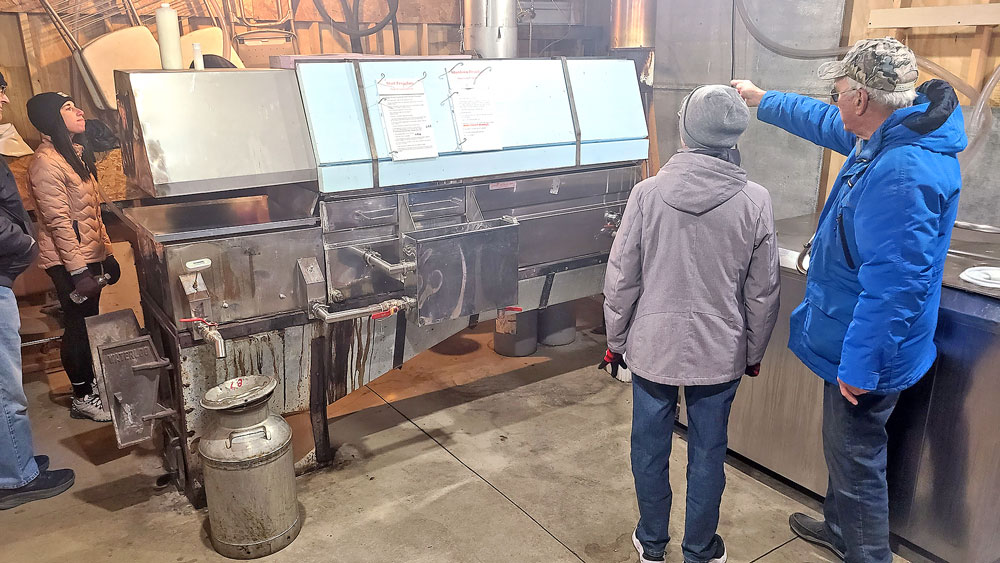
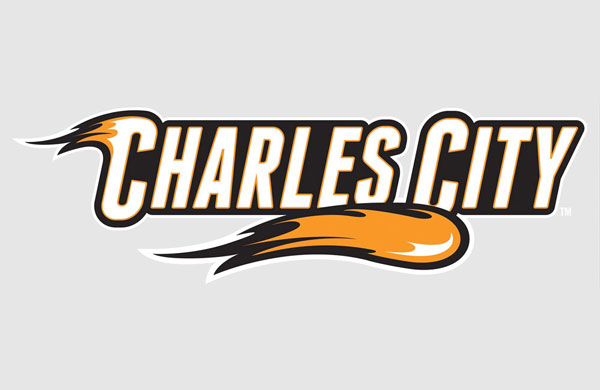
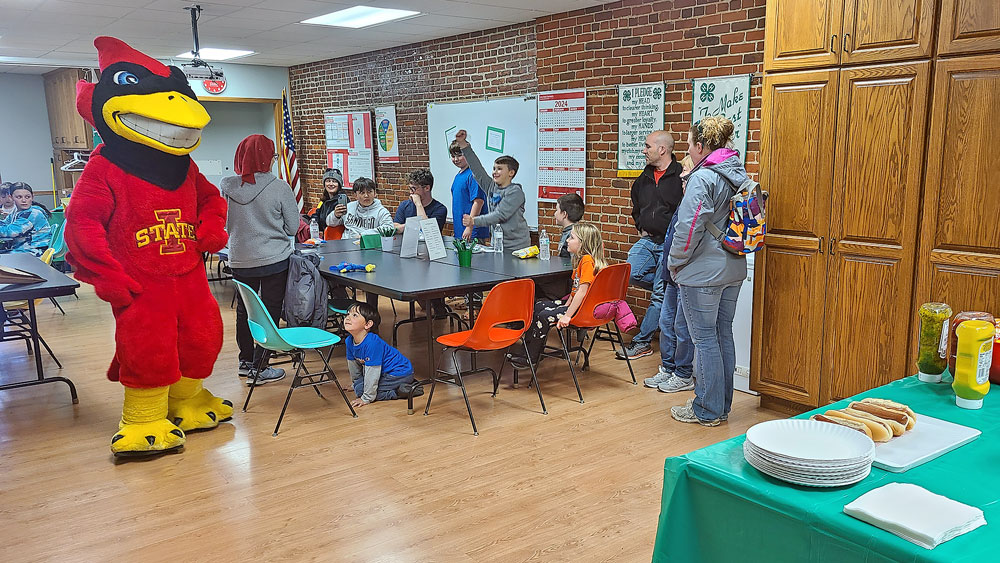
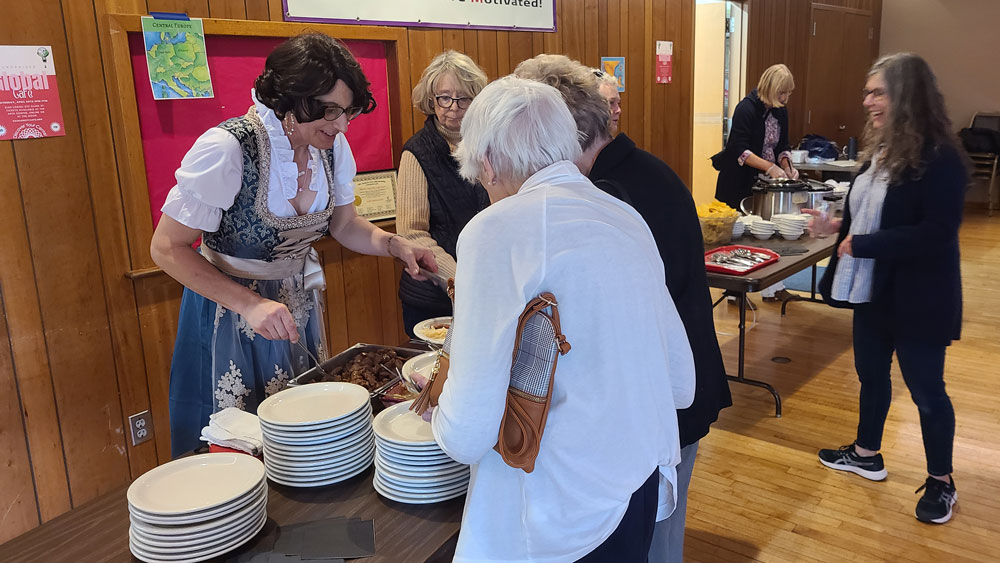
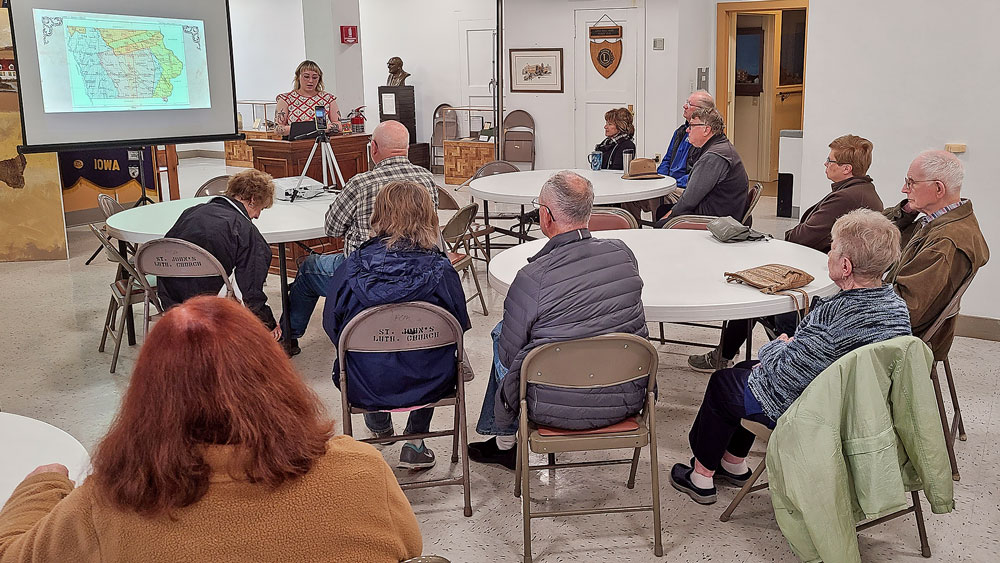
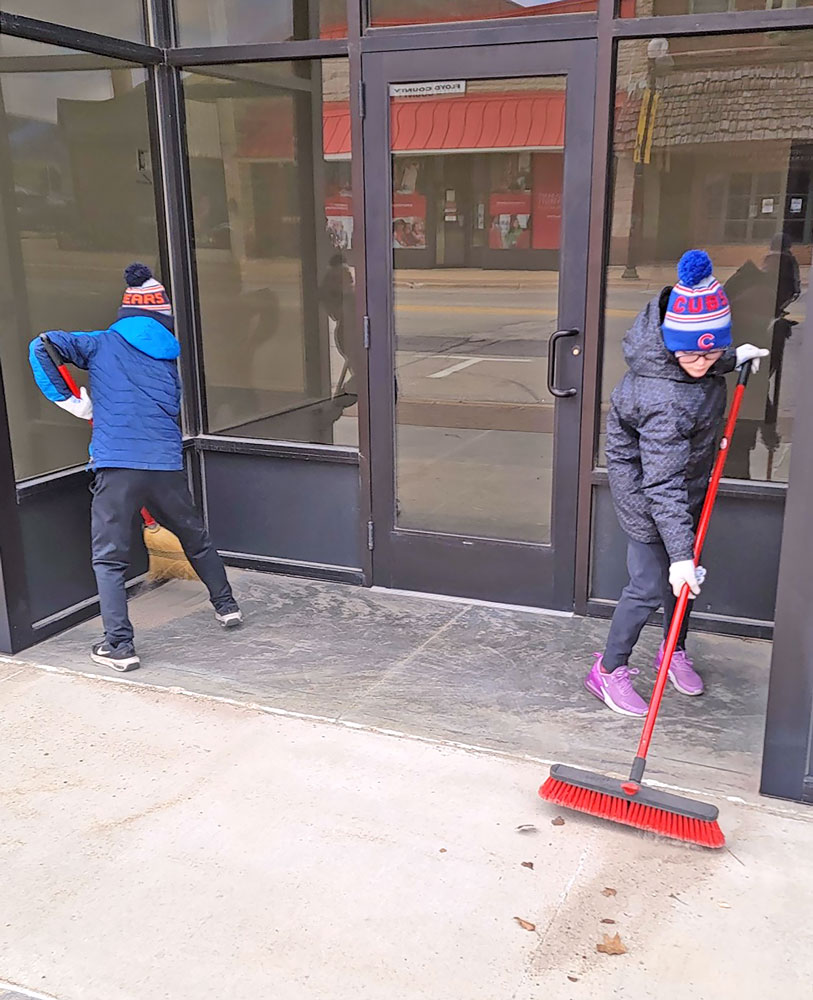


Social Share